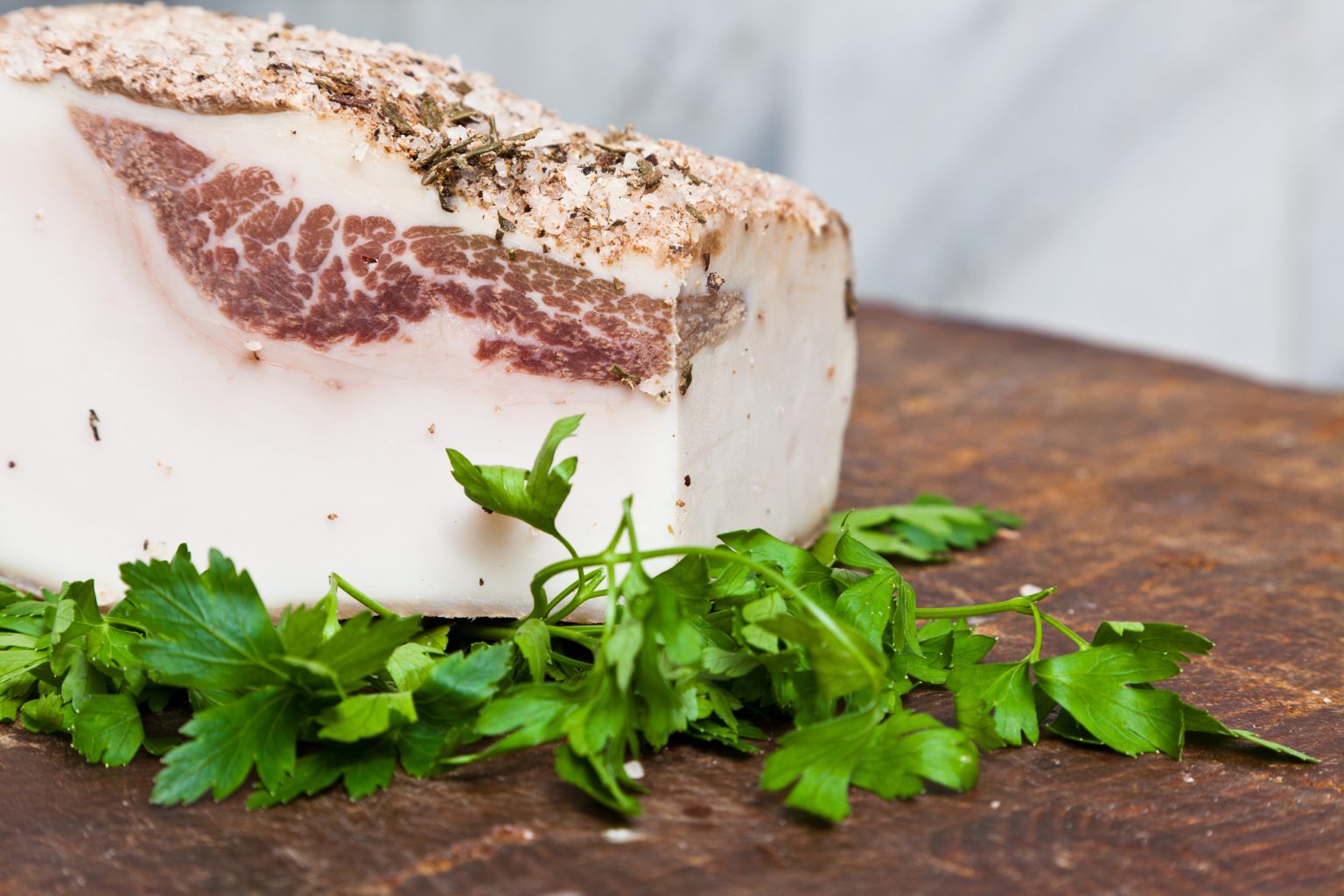Looking for a reason to fire up the fryer? July 13 marks Beef Tallow Day, an annual celebration of a traditional cooking fat that has made a triumphant return. Established by the Healthy Fats Coalition, this day aims to raise awareness about the benefits and uses of beef tallow in modern kitchens. From its roots in 2017, Beef Tallow Day honours a rich tradition while promoting a healthier alternative to vegetable oil.
Beef tallow is prized for its use in cooking, imparting a unique flavour and crispiness to dishes like French fries. Beyond the kitchen, it has also found its way into candles and soaps. Many chefs and home cooks are rediscovering this once-common ingredient, sharing their creations and recipes on social media with the hashtag #BeefTallowDay, sparking conversation and interest online.
Join the culinary celebration that not only embraces the past but also sets the stage for a delicious future. By acknowledging Beef Tallow Day, enthusiasts can connect with like-minded individuals, explore new recipes, and appreciate the multifaceted uses of this traditional cooking fat.
The Origins and Significance of Beef Tallow
Beef tallow has a rich history in various industries and is valued for its unique health and nutrition profile. Its uses span cooking, soap making, candle production, and beyond.
Historical Background
Beef tallow, a type of rendered fat from beef, has been a crucial resource for centuries. Historically, it was used in cooking, serving as a primary cooking oil due to its high smoke point and rich flavour. Additionally, before the advent of electricity, beef tallow was a main ingredient in candles, providing much-needed light.
In traditional soap making, beef tallow was prized for its ability to produce a hard, long-lasting bar of soap with a creamy lather. Across various cultures, it also found applications in healing balms and ointments, highlighting its versatility and importance. Its utilisation reflects the practicality and resourcefulness in using every part of the animal, ensuring nothing went to waste.
Health and Nutrition Profile
Beef tallow is predominantly composed of saturated and monounsaturated fats, with a small proportion of polyunsaturated fats. The fatty acid profile includes essential nutrients like vitamins A and E, promoting skin health and overall wellness. It also contains conjugated linoleic acid (CLA), known for its potential anti-inflammatory properties.
Nutritionally, beef tallow is a dense caloric source, offering energy and aiding in the absorption of fat-soluble vitamins. While some raise concerns about cholesterol content, it provides a balanced mix of omega-3 and omega-6 fatty acids, crucial for maintaining heart health. Compared to certain plant-based oils like canola, beef tallow’s stable structure makes it less likely to produce harmful oxidative compounds when heated, positioning it as a healthier alternative in cooking.
Through its varied uses and health benefits, beef tallow remains an indispensable component in both traditional and modern practices.
Utilisation in Cooking and Industry
Beef tallow has a broad range of applications in both culinary and industrial settings. Its high smoke point and unique flavour make it a favourite among chefs, while its properties are also beneficial for various non-food uses.
Culinary Applications
Beef tallow, also known as rendered beef fat, is highly prized in the kitchen for its versatility. Chefs use it for frying, roasting, baking, and sautéing because it has a high smoke point, making it perfect for high-heat cooking.
Many cooks prefer using beef tallow over vegetable oil as it adds a rich flavour to dishes. For example, it is often used in frying French fries, as its depth and savoury taste enhance the overall quality. Additionally, beef tallow can replace butter or shortening in pie crusts, resulting in a flaky and tender texture, which is particularly appreciated in baking.
Nutritionally, beef tallow provides healthy fats and essential vitamins. It contains a balanced ratio of saturated and monounsaturated fats, as well as nutrients such as vitamin E, which supports the immune system. This makes it a healthier alternative to many other cooking fats.
Industrial and Alternative Uses
Beyond the kitchen, beef tallow has several industrial applications. Its low melting point and neutral scent make it ideal for manufacturing candles that burn slowly and evenly. Beef tallow has also long been used in soap making due to its ability to produce a hard, long-lasting bar of soap that generates a rich lather.
Beef tallow is used in skincare products, valued for its moisturising properties. It can help soothe and nourish the skin, making it a common ingredient in balms and creams.
In some areas, beef tallow is utilised as a traditional lubricant and leather conditioner. It provides a natural alternative to synthetic products, maintaining the flexibility and quality of leather goods. This diverse range of applications highlights the importance of beef tallow in both culinary and industrial contexts.



